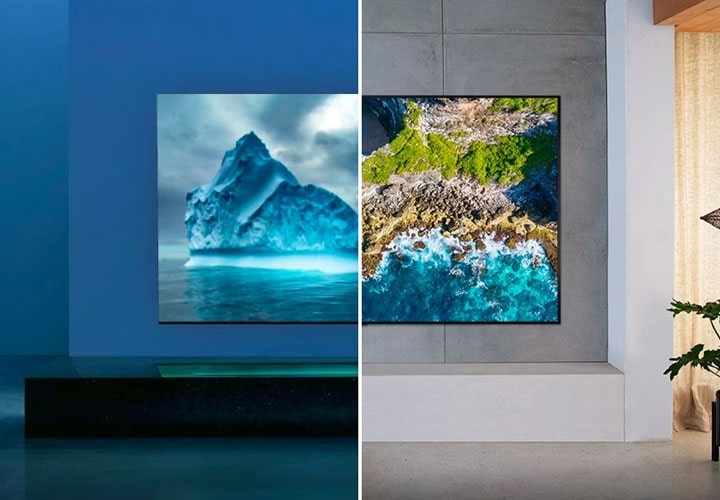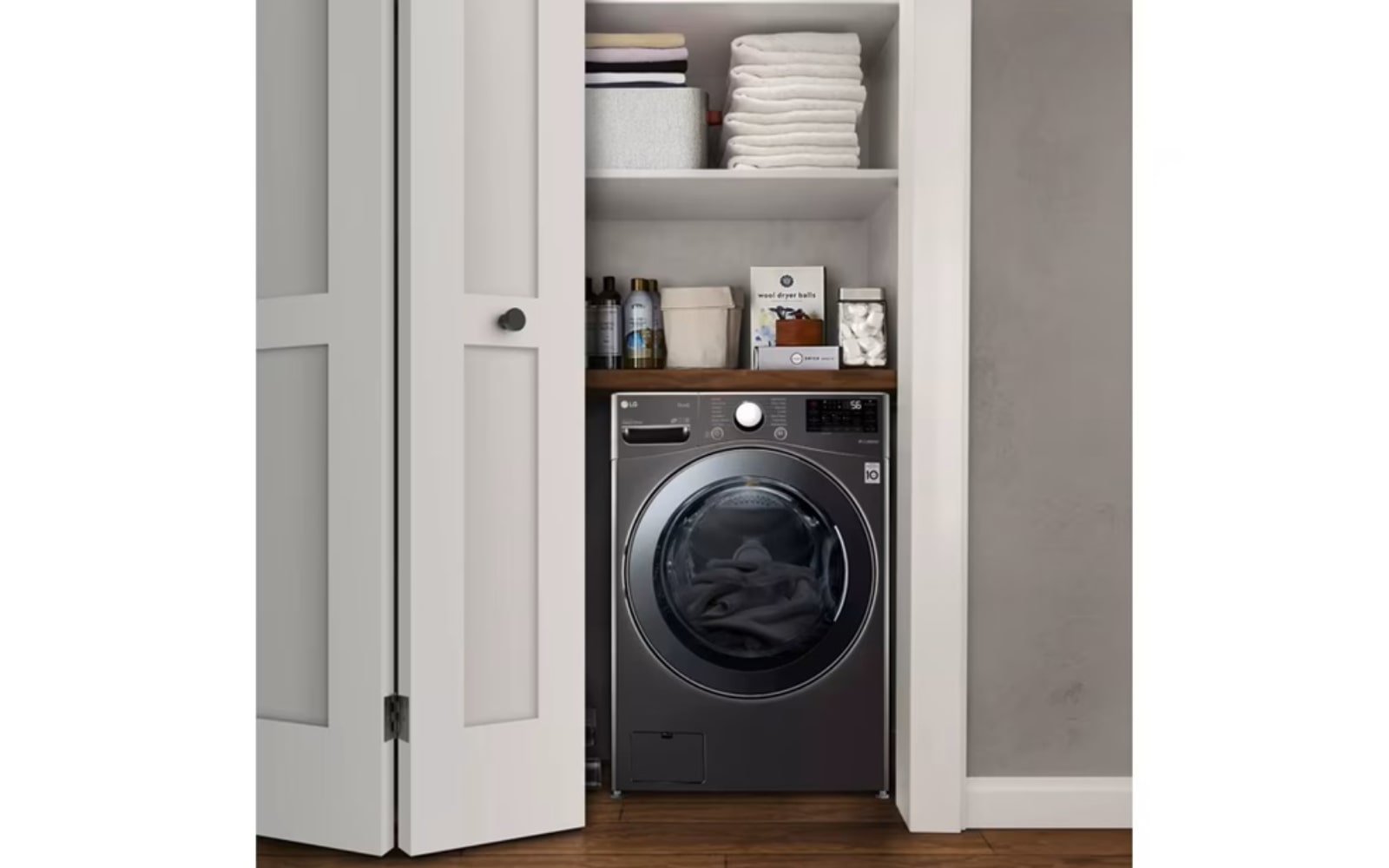We use cookies, including cookies from third parties, to enhance your user experience and the effectiveness of our marketing activities. These cookies are performance, analytics and advertising cookies, please see our Privacy and Cookie policy for further information. If you agree to all of our cookies select “Accept all” or select “Cookie Settings” to see which cookies we use and choose which ones you would like to accept.
Helpful Hints
Mini LED vs. OLED: comparing the top TV technology
In this guide, we will explore:
- OLED’s ability to brighten, dim or power off individual pixels
- How Mini LED TVs utilise tiny diodes to produce a more precise and controlled form of backlight
- Differences between LED and Mini LED technology
- A detailed breakdown of the science and innovation behind Mini LED and OLED TVs
When the time comes to invest in a new television, picking the right one can feel like a tough task. As far as premium TV tech goes, OLED and Mini LED are two leading contenders; but what sets them apart? This in-depth guide will explore everything you need to know about both options.
What is OLED?
You may well be familiar with the term OLED as the technology is used in smartphones, monitors, and televisions. But few people will know what the four letters actually mean.
Well, OLED is an acronym that stands for Organic Light-Emitting Diode. Each of these diodes can produce light and colour when an electrical current is fed through it. It may sound a bit technical, but this means that there is no need for a separate backlight.
What is Mini LED?
Mini LED is a type of backlighting technology found in some QNED displays.
With smaller size LEDs, the backlight can be more precisely controlled and provides stronger contrasts and brighter images compared with conventional LED TVs.
QNED Mini LED vs. OLED
LED stands for Light-Emitting Diode and describes what is used to backlight the display in a television. When it was first introduced, it offered better contrast, improved power efficiency and helped to reduce the weight and thickness of a television.
Going a step further, the comparison between QNED Mini LED vs. OLED shows one key difference. Mini LED’s smaller diodes allow for greater contrast and improved brightness.
QNED Mini LED vs. OLED: What are the advantages?
When it comes to OLED displays, there is a reason they are recognised as some of the best on the market. Not only do OLED TVs boast incredible image quality, better contrast, a fuller viewing angle and wider colour range, but they have much faster pixel response than LCD based TVs.
OLED TVs are also ultra-thin, enabling televisions to sit almost flush against the wall. 2
QNED Mini LED vs. OLED: Contrast and colour fidelity
This is also an area in which OLED TVs particularly stand out. Without a backlight, OLED’s Perfect Black production creates sharp, crisp contrast. And since each pixel can be controlled individually, on-screen colours closely match those of the original image—which translates to a much more vivid picture for the viewer.
QNED Mini LED vs. OLED: Response time
This is a key factor for gamers, as there is nothing worse than suffering from lag when playing online. And while some Mini LED backlit gaming monitors have a pixel response as low as 1ms response rate—the time it takes for one pixel on the display to switch from one colour to another is often 5ms or higher. The response time of pixels on OLED screens are faster.
In fact, LG OLED TVs boast an incredible response time of as low as 0.1ms. They are also the first in the industry to support Dolby Vision Gaming 4K at 120Hz and 144Hz, which provides more fluid and realistic gaming.
QNED Mini LED vs. OLED: Viewing angle
While the traditional LED back-lit TV has been overtaken by QNED Mini LED TVs, OLED displays are unmatched when it comes to offering the best viewing angle from any seat in the house.
With an OLED TV, each pixel creates its own light and has the ability to be turned on or off instantly, there is virtually no issue when viewing the screen from even the tightest of angles.
QNED Mini LED vs. OLED: Cost
QNED Mini LED televisions are generally more affordable than LG OLED and provide an excellent picture experience.
However, the wealth of groundbreaking features make OLED TVs the number-one choice for those who demand the best possible picture.
Which is better: QNED Mini LED or OLED?
If you demand the very best clarity and colour performance, then OLED is supreme. There is no doubt that this premium product will make you the envy of your friends and family.
At the same time QNED Mini LED displays offer impressive picture quality and incredible brightness at a moderately lower price point. If you’re looking for an elevated alternative to a traditional LED-backlit TV, you can’t go wrong with QNED Mini LED.
Comparing QNED Mini LED vs. OLED technology can raise a lot of questions, but one thing is for sure; either of these TVs would be a great addition to any family’s home.
1 Mini LED size was calculated using LG's internal measurement standards.
2 Depending on the installation environment, there may be a slight gap between the TV and the wall.
3 Compared to non OLED evo models and based on the Full White measurement. 42C2 and 48C2 are excluded.



.png)
.png)
